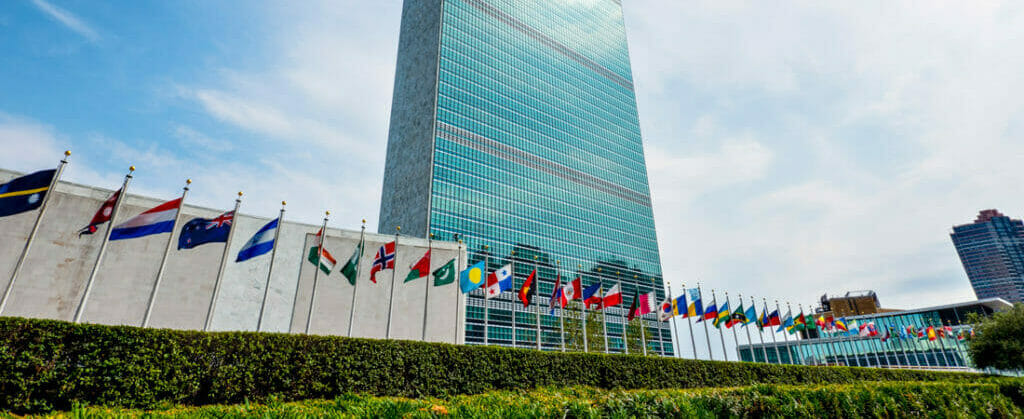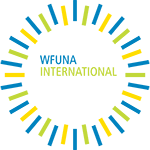In an era of climate extremes, rapid urbanization, and global interconnectedness, the frequency and intensity of disasters—both natural and human-induced—are increasing.
Floods, hurricanes, wildfires, earthquakes, pandemics, and technological hazards are exacting a growing toll on societies worldwide. These events not only destroy lives and livelihoods but also undermine sustainable development, exacerbate inequalities, and force millions into displacement.
Recognizing the need for a forward-looking and coordinated approach, UN Member States adopted the Sendai Framework for Disaster Risk Reduction 2015–2030 on 18 March 2015 in Sendai, Japan. The Framework marked a paradigm shift: from reactive disaster response toward proactive prevention and resilience-building. It is anchored in four priorities for action:
Understanding disaster risk – improving data, research, education, and awareness to inform policy and action.
Strengthening disaster risk governance – ensuring effective legal, policy, and institutional frameworks across all levels of government and society.
Investing in disaster risk reduction for resilience – allocating financial, technical, and infrastructural resources to reduce vulnerabilities and protect communities.
Enhancing disaster preparedness and “building back better” – using recovery as an opportunity to create safer and more sustainable systems.
To measure progress, the Framework established seven global targets, including reducing disaster-related mortality, economic losses, and infrastructure damage; increasing access to early warning systems (EWS); and strengthening international cooperation and national risk reduction strategies.
Nearly a decade later, implementation has been uneven. Some countries have aligned national policies with Sendai priorities, but major gaps remain. Early warning systems are absent in many vulnerable regions; risk data is fragmented or inaccessible; and financial and technical resources are still concentrated in high-income states. Critically, local communities—the first responders in most crises—often lack a seat at the decision-making table.
The COVID-19 pandemic underscored the systemic nature of risk, demonstrating how biological hazards can cascade across economic, social, and environmental systems. It also exposed weaknesses in fragmented governance and insufficient preparedness, reinforcing the urgency of integrated, inclusive, and cross-sectoral approaches.
In the Midterm Review of the Sendai Framework (2023), Member States agreed in a political declaration to promote full, equal, meaningful, and inclusive participation of women, older persons, persons with disabilities, migrants, Indigenous Peoples, and local communities. This is part of the “all-of-society” approach that affirms that disaster risk reduction (DRR) is not just the job of governments or emergency responders —everyone has a role to play.
Concretely, it involves:
• Government agencies creating policies, early warning systems, and investing in resilient infrastructure.
• Local communities organizing preparedness plans, practicing evacuations, and protecting local ecosystems.
• Private sector ensuring that businesses and supply chains are resilient, and investing in safer construction and innovation.
• Civil society and NGOs helping to raise awareness, support vulnerable groups, and deliver aid.
• Academia and scientists providing data, risk assessments, and climate/disaster research.
• Individuals and households taking steps like securing homes, knowing evacuation routes, and building a culture of safety.
As 2030 draws nearer, the review of the Sendai Framework is more than a technical exercise. It is a call to action: to accelerate progress, close persistent gaps, and ensure that disaster risk reduction is fully embedded in sustainable development agendas. The challenge before Member States is not only to survive disasters, but to adapt, recover, and thrive in their aftermath—building a safer and more resilient future for all.


